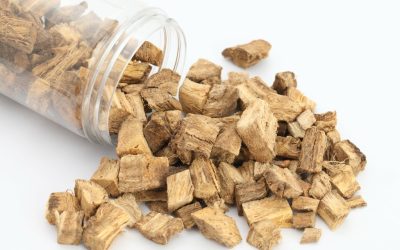Countering The Abstinence Violation Effect: Supporting Recovery Through Relapse
Results of a preliminary nonrandomized trial supported the potential utility of MBRP for reducing substance use. In abstinence violation effect this study incarcerated individuals were offered the chance to participate in an intensive 10-day course in Vipassana meditation (VM). Those participating in VM were compared to a treatment as usual (TAU) group on measures of post-incarceration substance use and psychosocial functioning. Relative to the TAU group, the VM group reported significantly lower levels of substance use and alcohol-related consequences and improved psychosocial functioning at follow-up 116.
Coping
- In other words, abstinence violation effects make a single lapse much more likely to turn into a full return to a full relapse into negative behavioral or mental health symptoms.
- Many people can relate to this feeling of guilt when they use a substance, like alcohol or marijuana, after promising themselves they wouldn’t.
- Additionally, we review the nascent but rapidly growing literature on genetic predictors of relapse following substance use interventions.
- If you experience a setback in your mental health journey, reaching out for professional support is a sign of strength, not weakness.
Many people can relate to this feeling of guilt when they use a substance, like alcohol or marijuana, after promising themselves they wouldn’t. While relapse doesn’t mean you can’t achieve lasting sobriety, it can be a disheartening setback in your recovery. Promoting awareness of the Paul Wellstone and Peter Domenici Mental Health Parity and Addiction Equity Act (MHPAEA). This legislation,681 signed into law in 2008, mandates that mental and substance use disorder treatment benefits under group and individual health insurance plans be comparable to medical benefits in terms of financial requirements and treatment limitations. Counselors and administrators can look for ways that this legislation can support enhanced program services. Consider working with the client and any providers involved in developing the client’s treatment or recovery plan (such as a peer specialist) to incorporate approaches for avoiding a recurrence, or provide additional services, as needed.

Negative affect
- According to RPM, each lapse in the process represents a potential target for interventions designed to bolster coping resources and renew commitment to change.
- Therefore, the RREP studies do not represent a good test of the predictive validity of the taxonomy.
- In contrast, several models of relapse that are based on social-cognitive or behavioral theories emphasize relapse as a transitional process, a series of events that unfold over time (Annis 1986; Litman et al. 1979; Marlatt and Gordon 1985).
- Rather than undermining self-efficacy after a lapse, results indicate that longer periods of pre-lapse abstinence potentiated the effect of self-efficacy in protecting against subsequent progression.
- Whether that slip provokes a return to full-blown addiction depends in large part on how the person regards the misstep.
Withdrawal tendencies can develop early in the course of addiction 25 and symptom profiles can vary based on stable intra-individual factors 63, suggesting the involvement of tonic processes. Despite serving as a chief diagnostic criterion, withdrawal often does not predict relapse, perhaps partly explaining its de-emphasis in contemporary motivational models https://literature.classroomcommons.org/uncategorized/mortality-and-life-expectancy-of-people-with-4/ of addiction 64. However, recent studies show that withdrawal profiles are complex, multi-faceted and idiosyncratic, and that in the context of fine-grained analyses withdrawal indeed can predict relapse 64,65. Such findings have contributed to renewed interest in negative reinforcement models of drug use 63. More and more, behavioral health organizations are moving away from “kicking people out of treatment” if they return to substance use. This type of policy is increasingly recognized as scientifically un-sound, given that continued substance use despite consequences is a hallmark symptom of the disease of addiction.

Immediate Determinants of Relapse
He adopted the language and Sober living house framework of harm reduction in his own research, and in 1998 published a seminal book on harm reduction strategies for a range of substances and behaviors (Marlatt, 1998). Marlatt’s work inspired the development of multiple nonabstinence treatment models, including harm reduction psychotherapy (Blume, 2012; Denning, 2000; Tatarsky, 2002). Additionally, while early studies of SUD treatment used abstinence as the single measure of treatment effectiveness, by the late 1980s and early 1990s researchers were increasingly incorporating psychosocial, health, and quality of life measures (Miller, 1994).
